In an era where technology enhances visual storytelling, the presence of ghost videos has gained considerable attention. Often combining elements of folklore and digital media, these videos captivate audiences, but they also raise pressing questions regarding their authenticity. Understanding how to discern the real from the unreal can help viewers appreciate these narratives without falling prey to deception.
Understanding the Basics of Ghost Videos
Ghost videos represent a fascinating intersection of curiosity, fear, and belief. They often feature unsettling imagery that suggests the presence of spirits or supernatural phenomena. However, before diving into the verification processes, it is essential to grasp what constitutes a ghost video.
What Constitutes a Ghost Video?
A ghost video is typically defined as a recording that claims to capture evidence of paranormal activity. This might include footage of unexplained movements, strange noises, or manifestations like apparitions. These videos often elicit emotional responses, leading many to question their legitimacy.
To classify as a ghost video, the content usually portrays elements associated with the supernatural, such as haunted locations or personal encounters. However, not all videos labeled as ‘ghost’ are intended to mislead; some may genuinely be reflections of personal experiences or artistic expressions. Indeed, many creators use ghost videos as a medium to explore themes of loss, memory, and the unknown, allowing viewers to engage with deeper psychological and emotional narratives.
Common Elements in Ghost Videos
Common elements in ghost videos often include low-light conditions, unusual shadows, and disembodied voices. The eerie ambiance created by these elements often adds a sense of authenticity, even if the footage is manipulated or staged.
Furthermore, settings play a crucial role, with abandoned buildings, graveyards, and old homes being frequent backdrops. These locations naturally invoke a sense of mystery, making the content more compelling to the viewer. The choice of setting often reflects cultural beliefs surrounding death and the afterlife, tapping into collective fears and fascinations. For instance, a dilapidated asylum may evoke historical narratives of mental health treatment, while a family home can stir personal memories and connections to those who have passed. This layering of context enhances the storytelling aspect of ghost videos, inviting viewers to not only witness the supernatural but to reflect on their own experiences with the unknown.
The Science Behind Video Analysis
To ascertain the authenticity of ghost videos, a thorough understanding of video analysis is vital. By focusing on certain characteristics, viewers can begin to separate fact from fiction effectively.
The Role of Lighting in Video Authenticity
Lighting is one of the most significant factors influencing video quality and authenticity. Poor lighting can create shadows and illusions that may misrepresent the actual events occurring within the video. By scrutinizing lighting conditions, viewers can better understand the potential for deceptive appearances.
Moreover, natural and artificial light sources must be evaluated. For instance, light reflections from paranormal investigators’ equipment may cast unusual patterns that could be mistaken for ghostly figures. Observing these nuances can provide crucial insights into the video’s validity. Additionally, the angle and intensity of light can dramatically alter how objects appear in a frame. A well-lit scene can reveal details that might otherwise be obscured, while a dimly lit environment can amplify the eeriness of the footage, potentially leading viewers to interpret benign occurrences as supernatural phenomena.
Understanding Video Resolution and Quality
Video resolution and overall quality are essential in verifying ghost videos. High-definition videos may capture details that low-resolution ones cannot, thus impacting the viewer’s interpretation of the content. Grainy footage can obscure potential evidence but may also provide doubt regarding authenticity.
In recent years, sophisticated editing software has made it easier for individuals to manipulate video quality. Therefore, it is necessary to assess whether the footage appears uniform or if inconsistencies hint at alterations made post-production. Furthermore, the compression methods used when saving a video can affect its clarity and detail. Lossy compression, for example, can strip away subtle visual cues that might be critical for analysis. Understanding these technical aspects not only aids in evaluating the integrity of the video but also enriches the viewer’s appreciation of the complexities involved in digital media production.
Techniques for Verifying Ghost Videos
Having understood the basic principles, viewers can employ various techniques to analyze ghost videos. These methodologies not only enhance comprehension but also empower individuals to engage critically with the media they consume.
Frame-by-Frame Analysis
Frame-by-frame analysis allows viewers to dissect the footage meticulously. By examining each frame, viewers can detect discrepancies, unnatural movements, or specific details that may otherwise go unnoticed. The ability to pause, play, and rewind a video adds layers to understanding the content.
This method often reveals whether a ghostly figure abruptly appears or disappears, suggesting editing or manipulation. Observers should also be wary of repeated frames that may indicate looping or splicing, further confirming potential tampering.
Moreover, examining the lighting and shadows in each frame can provide additional insights. Authentic ghostly appearances should maintain consistent illumination with their surroundings. Any sudden changes in brightness or shadow direction could indicate that the footage has been altered. This attention to detail not only sharpens analytical skills but also cultivates a deeper appreciation for the nuances of video production.
Audio Verification Techniques
Audio plays a critical role in ghost video analysis. Unexplained sounds, whispers, or static noises often accompany eerie visuals. By isolating the audio track, one can determine whether these sounds are genuine or orchestrated using effects or background noise.
Additionally, background sounds can reveal location-context discrepancies, as certain noises may not align with the environment depicted in the video. Evaluating both the audio and visual aspects can lead to more informed conclusions regarding the video’s authenticity.
Furthermore, employing audio spectrum analysis can uncover hidden frequencies that are not audible to the human ear. Some ghost hunters believe that spirits communicate through these inaudible sounds (EVPs), which can be captured and analyzed using specialized software. By comparing the audio signatures of the ghost video with known sound patterns, viewers can discern whether the audio is a product of natural phenomena or an intentional fabrication, thus adding another layer of scrutiny to the verification process.
Common Manipulation Techniques in Ghost Videos
Understanding the manipulation techniques commonly used in ghost videos provides valuable insights for viewers. Familiarity with these practices enables individuals to scrutinize footage with a more critical eye and recognize fraudulent content. As the popularity of paranormal investigations and ghost hunting shows continues to rise, so does the sophistication of the techniques employed to create convincing yet deceptive footage. This makes it imperative for viewers to develop a discerning perspective, ensuring they can differentiate between genuine experiences and cleverly crafted illusions.
Identifying Video Editing Tricks
Video editing tricks are commonplace in the crafting of ghost videos. Techniques such as cutting, splicing, and overlaying images can create the illusion of ghostly presences. Identifying these editing styles involves recognizing abrupt transitions or suspiciously placed jump cuts. For instance, a sudden change in lighting or an unexpected shift in camera angles can be indicative of edits made to enhance the eerie atmosphere or to insert supernatural elements into an otherwise mundane scene.
Additionally, software-generated artifacts, such as blurring around edges or inconsistent backgrounds, can signal that a video has been manipulated. Being aware of these signs is crucial for anyone attempting to distinguish the credible from the contrived. Moreover, the use of sound design plays a pivotal role in enhancing the believability of ghost videos. Subtle audio cues, like whispers or creaking floorboards, can be layered over the visual content, creating an immersive experience that may distract viewers from noticing the visual inconsistencies. Thus, a comprehensive analysis of both audio and visual elements is essential for a thorough evaluation.
Recognizing CGI and Special Effects
Computer-generated imagery (CGI) and special effects have transformed how ghost videos are created. While these tools can produce stunning visuals, they also pose challenges in discernment. Recognizing the signs of CGI involves noting the fluidity of motions and lighting consistency between elements within the scene. For example, if a ghostly figure appears to float unnaturally or lacks the appropriate shadowing that would occur in real life, it may be a product of digital manipulation rather than a genuine apparition.
Often, CGI may fail to mimic the characteristics of real-life movements, leading to telltale signs of digital creation. Furthermore, the seamless integration of effects is often hard to achieve, revealing inconsistencies when compared with real footage. The juxtaposition of CGI with live-action can lead to discrepancies in texture and depth, making it easier for the trained eye to spot the artificial elements. Additionally, filmmakers may employ practical effects, such as smoke or lighting tricks, to enhance the authenticity of their videos. However, these too can be manipulated, and a keen observer should remain vigilant for any signs that suggest the use of special effects rather than genuine paranormal phenomena.
Consulting with Paranormal Experts
In addition to individual analysis, consulting with paranormal experts can provide valuable perspectives on ghost videos. These professionals bring extensive knowledge and experience to the discussion, offering insights that regular viewers may not possess.
The Role of Paranormal Investigators
Paranormal investigators specialize in exploring claims of supernatural occurrences. They often employ various tools and techniques to document their findings, ranging from thermal imaging cameras to electromagnetic field detectors. By collaborating with these experts, individuals can gain access to a wealth of information and perspective.
Investigators can share the broader context surrounding specific ghost videos, including the history of locations and documented events. This knowledge adds depth to the viewer’s understanding, providing a more comprehensive evaluation of the footage in question.
Seeking Expert Opinions
Beyond investigators, seeking opinions from experts in video analysis, editing, and paranormal phenomena can enhance one’s ability to assess ghost videos. Experts can clarify aspects of production that might go unnoticed and may even point out anomalies specific to the industry.
Forums, workshops, and online communities focused on paranormal investigations often enable individuals to connect with these specialists. Engaging in discussions surrounding ghost videos can lead to a wealth of knowledge that encourages critical thinking and discernment.
In conclusion, emphasizing the need for scrutiny and research when encountering ghost videos enriches the viewer’s experience. By understanding the various elements at play, employing verification techniques, and consulting with knowledgeable experts, individuals can navigate this intriguing realm with skepticism and insight.


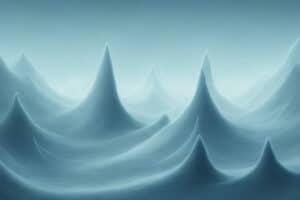
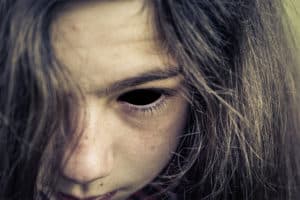
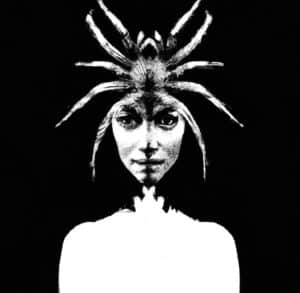
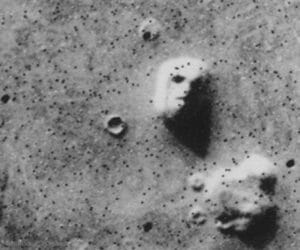




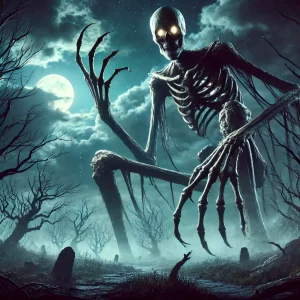
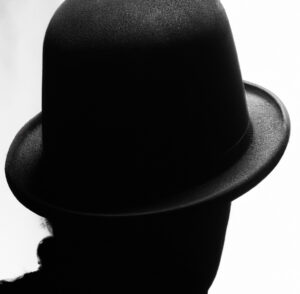
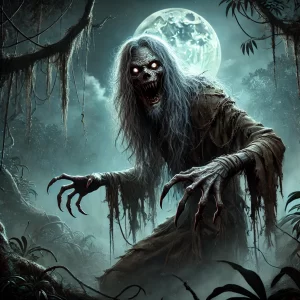
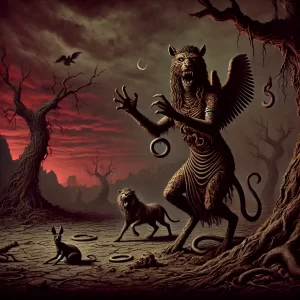

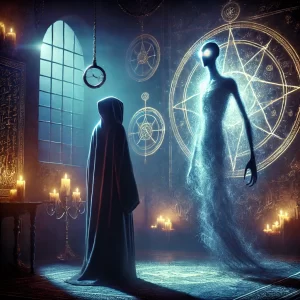
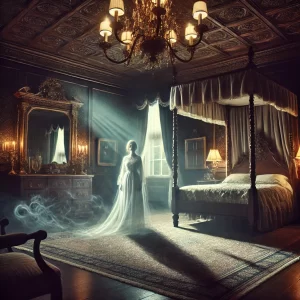
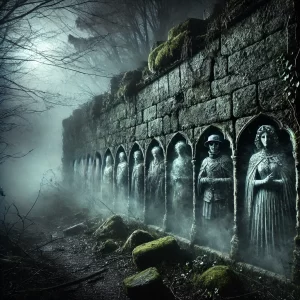
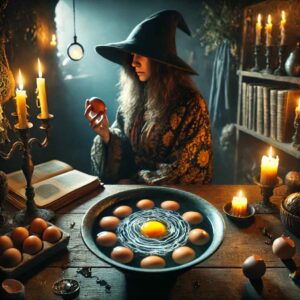
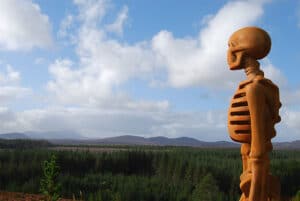
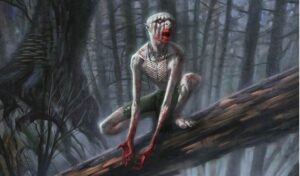
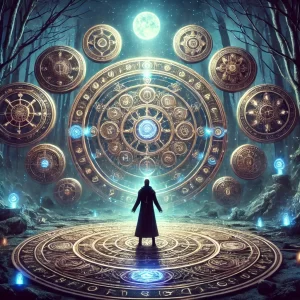

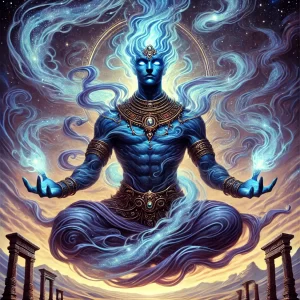


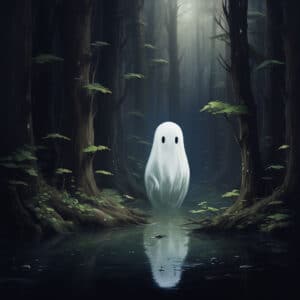
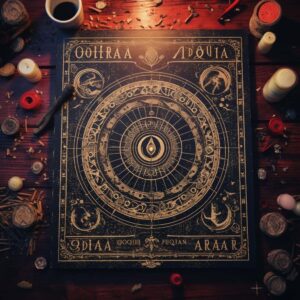

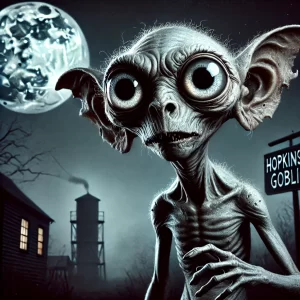
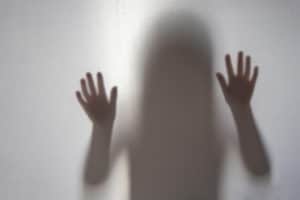
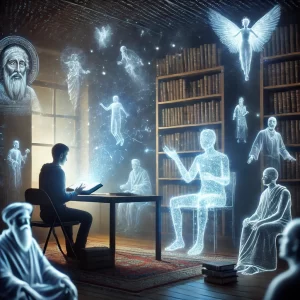
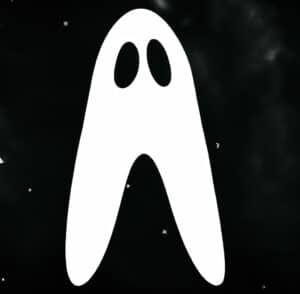
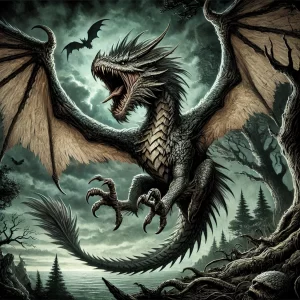
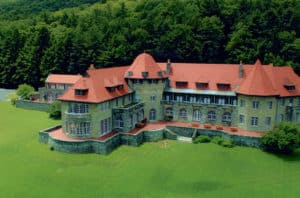
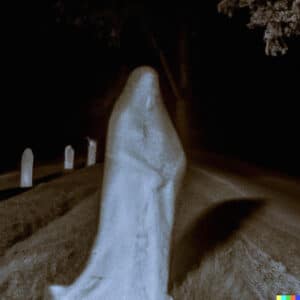

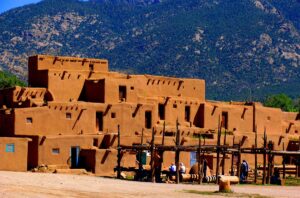

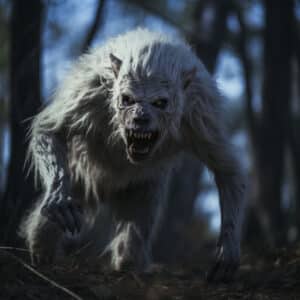

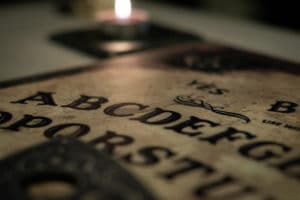

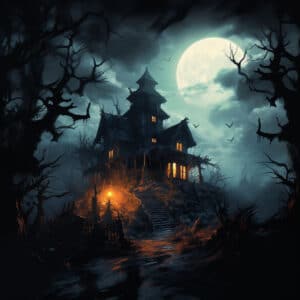
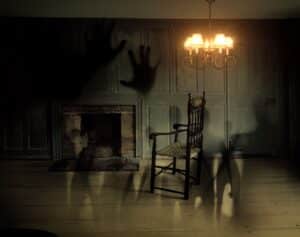

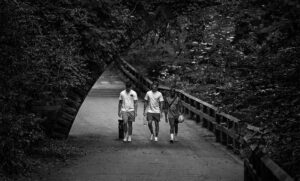
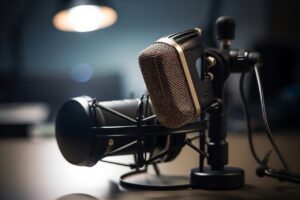
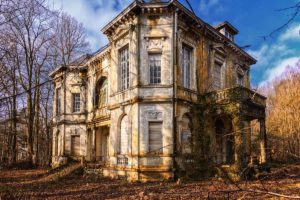
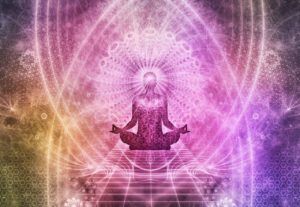
Leave a Reply